Artificial Intelligence and Cultural Transformation: How Are Societies Shaping Up?
Cultural transformation has traditionally been an organic, time-consuming process shaped by shared values, traditions, and human creativity. However, the rapid rise of artificial intelligence (AI)...
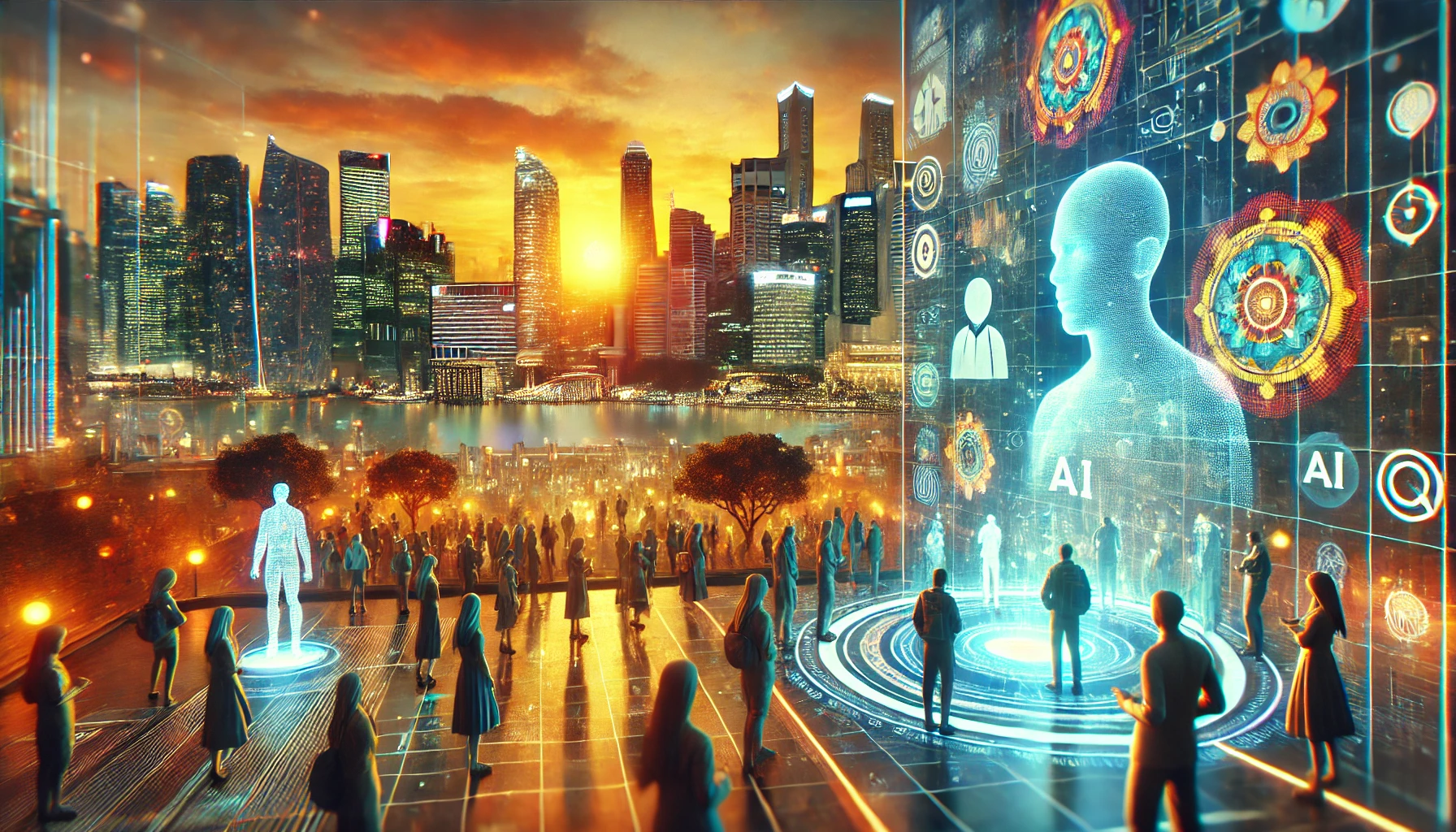
- <strong>1. AI as a Catalyst for Cross-Cultural Connectivity</strong>
- <strong>2. Redefining Creativity: The Intersection of AI and Art</strong>
- <strong>3. Shaping Social Norms: AI’s Influence on Behavior</strong>
- <strong>4. Ethical Dilemmas in AI and Cultural Transformation</strong>
- <strong>5. Solutions for Sustainable Cultural Transformation</strong>
- <strong>6. Looking Ahead: The Role of AI in Shaping Future Societies</strong>
- FAQ : Artificial Intelligence and Cultural Transformation
- 1
Manuel Castells – Network Society and Technology

"Technology, particularly digital communication tools, reshapes the structure of societies, creating a new network society where culture is decentralized and globalized simultaneously." — From "The Rise of the Network Society" Relevance: Castells' insight aligns with how AI fosters global cultural connectivity while challenging traditional cultural hierarchies.
- 2
Pierre Bourdieu – Cultural Capital and AI

"Technological advancements often amplify existing cultural inequalities unless systems are designed to empower marginalized communities." — Adapted from "Distinction: A Social Critique of the Judgment of Taste" Relevance: Bourdieu’s work highlights the importance of inclusive AI systems to prevent cultural homogenization or bias.
Cultural transformation has traditionally been an organic, time-consuming process shaped by shared values, traditions, and human creativity. However, the rapid rise of artificial intelligence (AI) has introduced a new force, accelerating cultural shifts in unprecedented ways. As AI permeates various aspects of society—language, art, social norms, and ethics—it prompts profound questions about identity, preservation, and progress. This article explores how AI is reshaping cultures, the challenges it introduces, and how we can navigate these changes for a more inclusive future.
1. AI as a Catalyst for Cross-Cultural Connectivity#
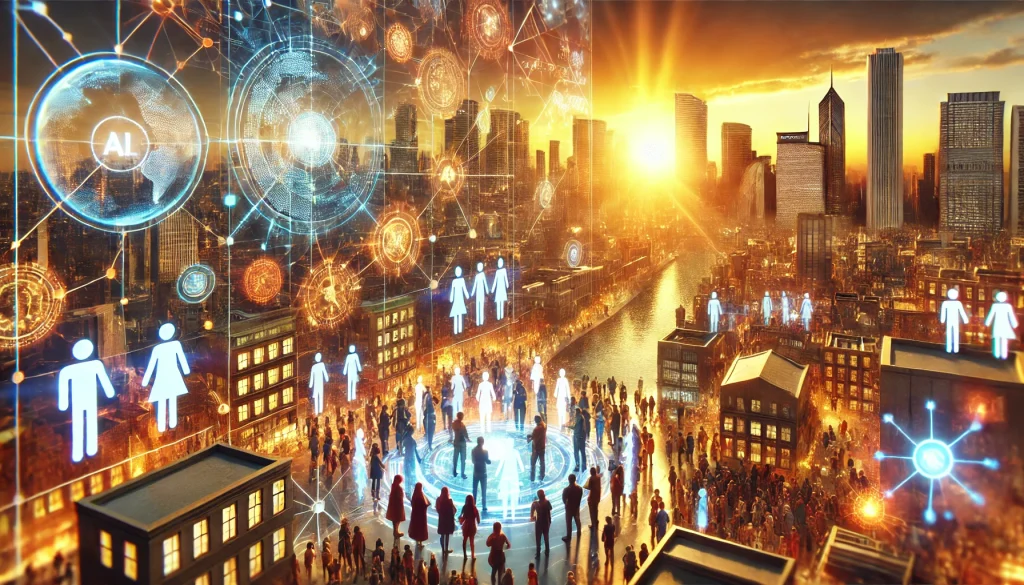
AI serves as a bridge, connecting people across linguistic, geographic, and cultural boundaries. By enhancing communication and facilitating cultural exchange, it has transformed the global landscape.
Key Impacts of AI on Cultural Connectivity#
| Area | AI’s Role | Challenges |
|---|---|---|
| Language | Real-time translation tools like Google Translate | Risk of losing cultural nuance |
| Global Art Access | Recommendation systems on platforms like Netflix | Algorithmic bias in content curation |
| Preservation | Digitization of endangered languages and artifacts | High dependency on tech infrastructure |
These advancements encourage cultural exchange but also necessitate careful management to preserve the authenticity and diversity of traditions.
2. Redefining Creativity: The Intersection of AI and Art#
AI’s entry into creative domains has sparked debates about authenticity and the evolving definition of art. AI tools like DALL·E and ChatGPT empower individuals to produce artworks, poetry, and music with minimal technical skill.
Benefits and Challenges in AI-Driven Creativity#
Benefits:
- Democratization of Art: AI tools make creative expression accessible to a broader audience.
- Augmentation of Creativity: AI assists artists by generating novel ideas and reducing technical barriers.
Challenges:
- Loss of Human Touch: Over-reliance on AI risks undermining the emotional depth of traditional art.
- Ownership Concerns: Determining intellectual property rights for AI-generated works is complex.
To balance innovation and tradition, a hybrid approach that integrates human creativity with AI’s capabilities can preserve artistic integrity while fostering innovation.
3. Shaping Social Norms: AI’s Influence on Behavior#
AI-driven platforms are redefining societal norms, from the way people form relationships to how they consume information. Social media algorithms, dating apps, and virtual assistants are subtly but significantly altering human behavior.
Examples of AI’s Role in Social Norms#
- Relationships: Dating apps use AI to predict compatibility, reshaping how people form connections.
- Information Consumption: News feed algorithms influence public opinion, often creating echo chambers.
- Workplace Communication: AI tools streamline processes but may reduce human interaction.
These changes call for ethical guidelines and user education to ensure AI enhances rather than manipulates social interactions.
4. Ethical Dilemmas in AI and Cultural Transformation#
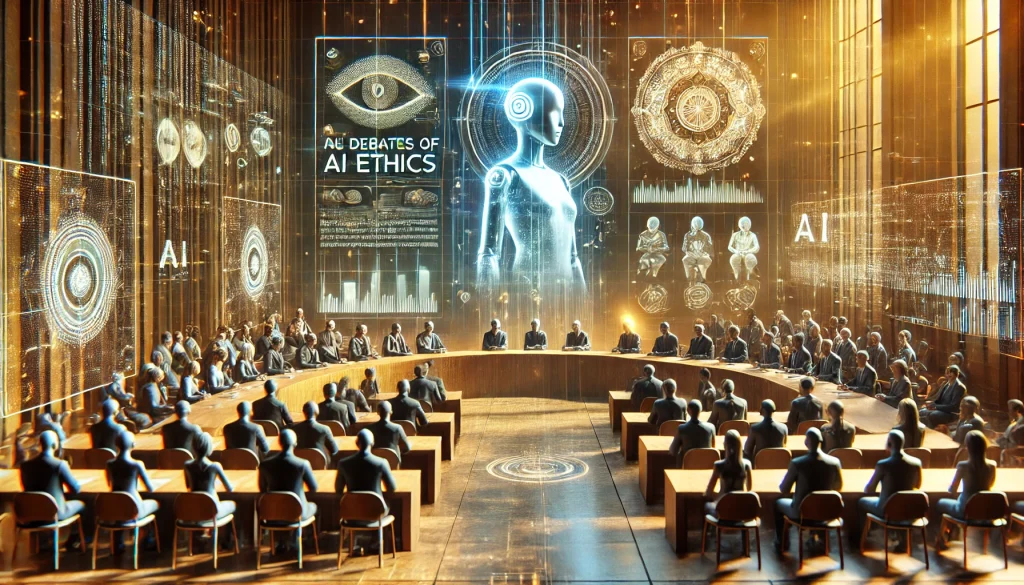
The integration of AI into cultural frameworks raises pressing ethical concerns. AI often reflects the biases of its creators, which can lead to unintended consequences.
Key Ethical Challenges#
- Algorithmic Bias: AI systems may inadvertently perpetuate stereotypes, harming marginalized communities.
- Cultural Appropriation: AI-driven content creation risks misrepresenting or oversimplifying cultural symbols.
- Digital Divide: Unequal access to AI tools could widen the gap between developed and developing regions.
Proposed Solutions#
- Inclusive AI Design: Involve diverse cultural perspectives in AI development to minimize bias.
- Ethical Oversight: Establish international standards to regulate AI’s use in cultural contexts.
- Access Equity: Invest in infrastructure and education to ensure all societies can benefit from AI advancements.
5. Solutions for Sustainable Cultural Transformation#
For AI to contribute positively to cultural evolution, its integration must be thoughtful, inclusive, and ethically sound.
Strategies for Harmonizing AI and Culture#
- Cultural Preservation: AI can archive languages, artifacts, and oral histories, safeguarding heritage for future generations.
- Educational Initiatives: Promote AI literacy to help communities understand and adapt to technological changes.
- Global Collaboration: Foster partnerships among governments, tech companies, and cultural organizations to address shared challenges.
By implementing these strategies, societies can leverage AI’s potential while preserving cultural diversity.
6. Looking Ahead: The Role of AI in Shaping Future Societies#
As AI becomes more embedded in cultural processes, it has the potential to unify and diversify simultaneously. The key lies in leveraging AI responsibly, ensuring it complements rather than dominates human creativity and values.
Future Directions#
- Adaptive AI: AI systems should evolve to better understand and respect cultural nuances.
- Community-Centric AI: Develop tools that empower local communities to preserve and share their unique identities.
- Ethical Storytelling: Use AI to amplify underrepresented voices and narratives in global discussions.

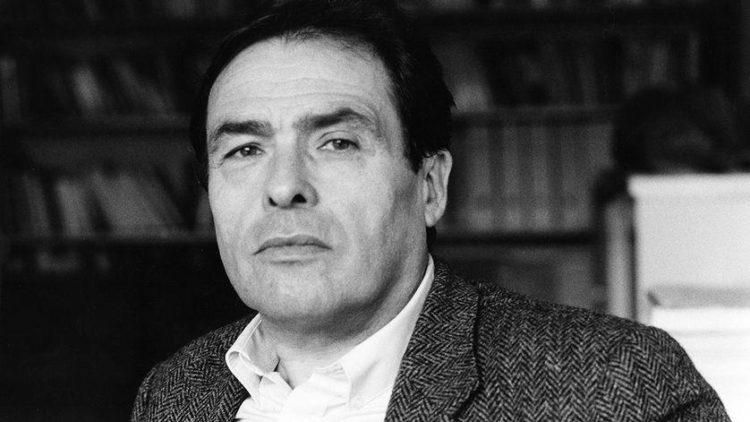

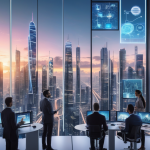
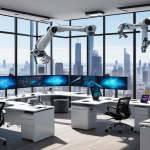
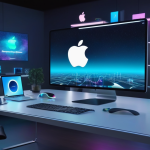
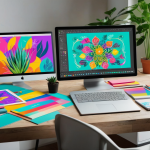
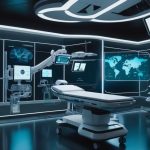






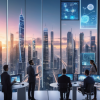


Thank you for your kind words! I’m glad the article resonated with you. It’s always fascinating to explore the thoughts…